Innovative viscosity meter opens the way for smarter use of fuel oil at sea
by Ian Mundell
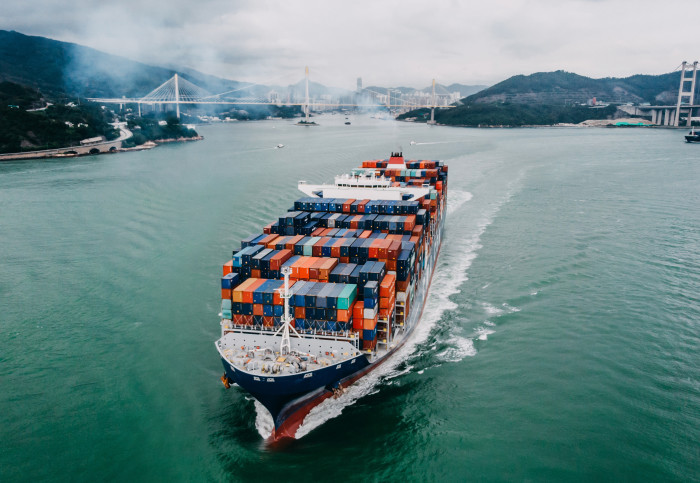
A viscosity meter developed in a Knowledge Transfer Partnership between Imperial and Rivertrace will help make shipping cleaner and more efficient.
An innovative device for measuring the viscosity of the fuel oil used in ship engines has been developed and commercialised thanks to a collaboration between Imperial and Rivertrace, a company specialising in instruments for the maritime industries.
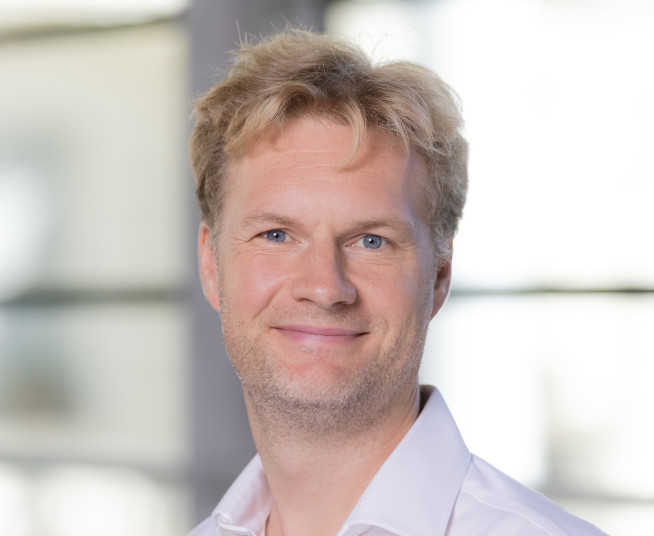
The research and development was carried out under the Innovate UK Knowledge Transfer Partnership (KTP) scheme, which funds talented graduates and postgraduates while they work on innovation challenges set by companies. The challenge that Rivertrace set Dr Frederic Cegla of the Department of Mechanical Engineering was to find an effective, economic method of measuring the quality of the heavy fuel oil used in cargo ships and other large vessels.
This oil is the lowest grade of fuel produced in oil refining, and is loaded with impurities. “It’s just one step above the bitumen used to surface roads,” says Mike Coomber, Executive Chairman of Rivertrace.
The most problematic of these impurities are tiny fragments of the catalysts used in the refining process, and which are left behind in the fuel oil. These ‘cat fines’ are extremely hard and wear away the inside of a ship’s engine, increasing the risk of breakdown at sea.
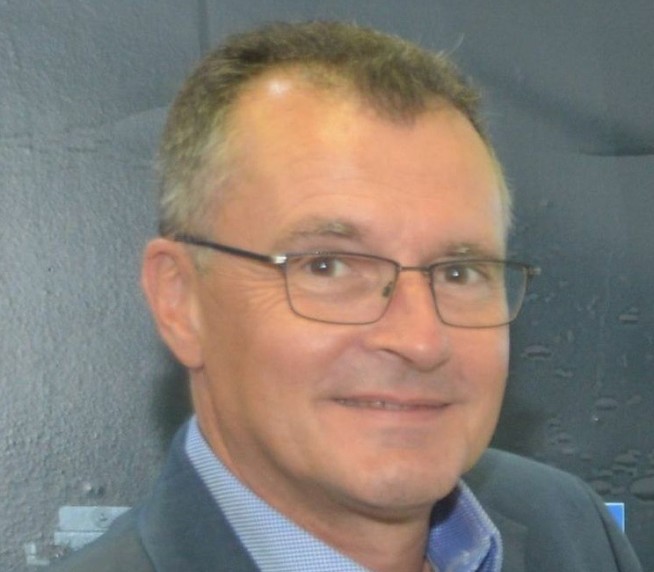
In order to use this heavy fuel, it must first be heated up to around 100-150°C, so that its viscosity drops enough so that it can easily flow and can be fed into the engines. Then it is passed through a hydrocyclone, a device that uses centrifugal force to separate out the cat fines.
“These hydrocyclones only have one mode, which is full-on,” explains Mr Coomber. “So, if you can better interrogate the quality of the heavy fuel oil, you can better control the purifiers, with a cost saving in the energy the ships have to consume to get an acceptable product to their engines.”
Being able to measure the fuel oil quality also opens up the possibility of predicting the wear and tear on the engine, allowing inspections and maintenance to be scheduled effectively.
Ultrasound is the answer
Devices for measuring fuel quality on board ship exist, but they are expensive and do not always give a real-time reading. So, the aim of the KTP was to devise an ultrasound instrument that would both lower the cost and improve the performance of shipboard monitoring.
Dr Cegla already had experience in this area, having worked during his PhD on ultrasound methods for measuring particles in opaque emulsions. And Dr Jinrui Huang, who was recruited as KTP Associate to carry out the research, had followed a similar path in his PhD at Loughborough University.
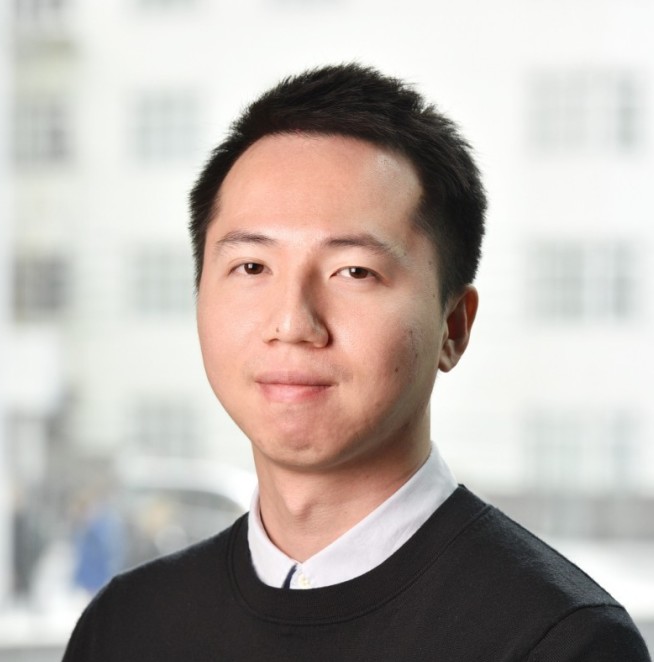
“I was working on ultrasonics, on theories and modelling, and when I finished, I thought I would like to do something different,” Dr Huang says. “This project sounded a bit more grounded, dealing with real-world problems.”
The first step in the project was to develop a way of measuring the viscosity of the fuel oil before it is fed into the engine. “There is lots of lab equipment that will measure viscosity to high accuracy, but the challenge is to do that under high temperature and pressure, inside the pipes,” explains Dr Huang.
Inspiration came from previous research at Imperial using ultrasound to measure the structural integrity of pipes in the oil and gas industry. “You can permanently install a sensor and measure corrosion on the inside of pipes, “ Dr Cegla explains. “And we were able to use similar technology and adapt it to measure the viscosity.”
This work took place both at Imperial and at Rivertrace. “It was a truly collaborative effort. At Imperial, we focused on the data and making sure that the sensor’s performance was validated, and Rivertrace worked on the integration, putting the sensor into a working instrument.”
Commercial potential
While accurately measuring the viscosity is only an intermediate stage in the creation of a cat fines monitor, Rivertrace immediately saw its commercial potential, given the pricing and performance of the competition. “We felt that what was on the market was over-complicated, and the guided wave ultrasonic approach was much more attractive,” says Mr Coomber.
Accurate measurement of fuel temperature and viscosity is particularly important when ships want to enter areas where their exhaust emissions are controlled. This includes most of the world’s major ports. To do this, they have to switch to a cleaner diesel fuel, but this cannot be done in a single step.
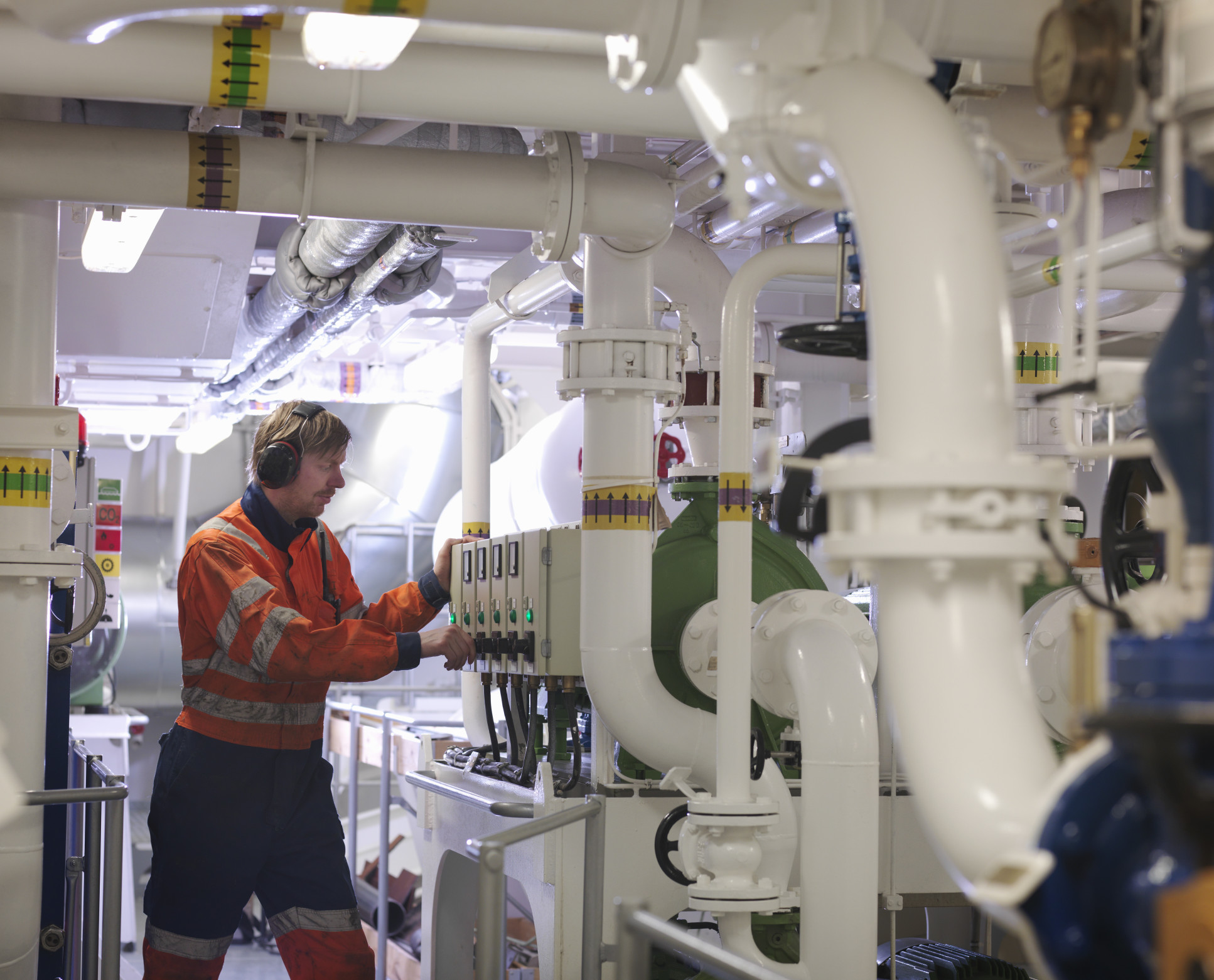
“They have to carefully blend heavy fuel oil with diesel, and at the same time reduce the temperature,” explains Mr Coomber. “So, the viscosity-temperature probe becomes absolutely critical to that process.” There is also scope for optimising the process, reducing costs and emissions. “If you can get away with a slightly lower temperature, then you can save an awful lot of energy.”
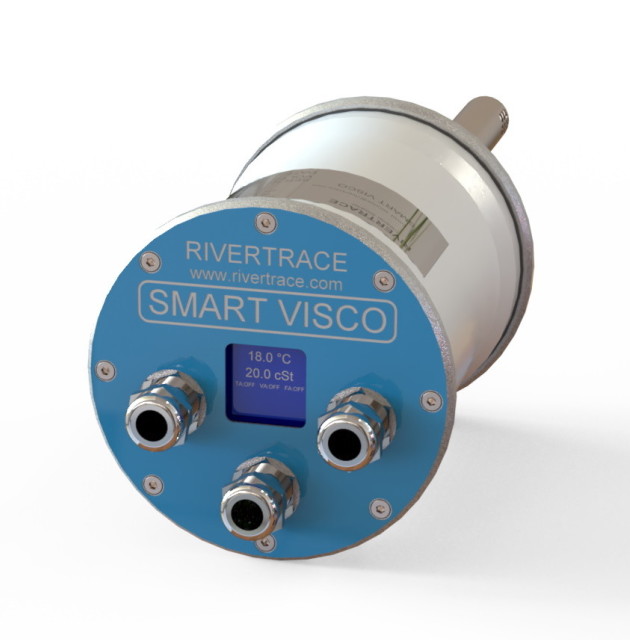
The combined temperature-viscosity probe developed under the KTP was patented jointly by the College and the company, and work started to bring it to the market. Dr Huang joined Rivertrace as a senior technologist, overseeing the final steps in developing the instrument.
“We launched the commercial version of the probe, called Smart Visco, in August,” says Mr Coomber. “It is on sea trials at the moment, and we already have some quotes out for it.”
Partnership benefits
Disruption caused by the COVID pandemic meant that the viscosity meter would be the main outcome of the KTP. “We knew mid-way through the project that we wouldn’t be able to complete the cat fine monitor, so we settled for the temperature-viscosity probe,” says Mr Coomber. “We were able to make it as smart and as cheap as possible, and we achieved that within the KTP, so it was a resounding success.”
You are always looking for ways to take your technology to the next level, and KTPs are an ideal way of doing that. Mike Coomber Rivertrace
Dr Cegla agrees: “The KTP worked well as a way of carrying out this project, and it was fantastic to work with the people on the ground at Rivertrace,” he says. The project has also been rated as an outstanding example of what a KTP can achieve by Innovate UK.
Options are now being explored to continue the collaboration, working towards development of an ultrasonic cat fines monitor. “We are pretty confident that we can solve the problem,” adds Dr Huang. “The tests that we did last year looked really promising. We can see the cat fines with the ultrasound, we just need to evaluate the accuracy.”
This is the second time Rivertrace has been involved in a KTP, and Mr Coomber is a fan of the scheme. “Every company gets to a plateau, both technically and sometimes commercially, so you are always looking to get past that and take your technology to the next level,” he explains. “The KTPs are an ideal way of doing that, because you are tapping into a resource that you couldn’t possibly provide yourself.”
If you don’t yet know whether you want an academic or industrial career, then it’s a great way to find yourself. Dr Jinrui Huang Rivertrace
That resource includes research capacity, knowledge of technological developments that may not yet have reached industry, and access to specialist facilities at the university.
“For example, there were certain critical calibration points within the development path that we wouldn’t have been able to do as a company, because we don’t have access to that level of instrumentation, or the expertise to run it.”
The experience was also very positive for Dr Huang. “I really enjoyed it, because I learned a lot. I learned how to program, learned to write software, learned to use design tools, and how to talk to developers and customers.” He would recommend it to other young researchers. “If you want to learn new things, and you also don’t yet know whether you want an academic or industrial career, then it’s a great way to find yourself.”
Article supporters
Article text (excluding photos or graphics) © Imperial College London.
Photos and graphics subject to third party copyright used with permission or © Imperial College London.
Reporter
Ian Mundell
Enterprise